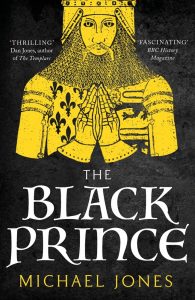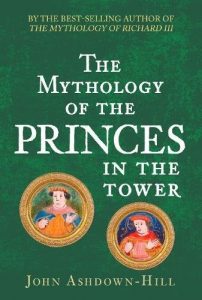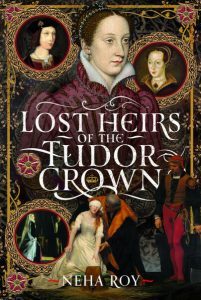The Black Prince by Michael Jones (paper back)
‘As a child he was given his own suit of armour; in 1346, at the age of 16, he helped defeat the French at Crécy; and in 1356 he captured the King of France at Poitiers. For the chronicler Jean Froissart, ‘He was the flower of all chivalry’; for the Chandos Herald, who fought with him, he was ‘the embodiment of all valour’. Edward of Woodstock, eldest son and heir of Edward III of England, better known as ‘the Black Prince’, was England’s pre-eminent military leader during the first phase of the Hundred Years War.
Michael Jones uses contemporary chronicles and documentary material, including the Prince’s own letters and those of his closest followers, to tell the tale of an authentic English hero and to paint a memorable portrait of warfare and society in the tumultuous fourteenth century.
The Mythology of the Princes in the Tower by John Ashdown-Hill
‘When did the term ‘Princes in the Tower’ come into usage, who invented it, and to whom did it refer? To the general public the term is synonymous with the boy King Edward V and his younger brother Richard, Duke of York, sons of Edward IV. But is this correct? Were those boys genuinely held against their will in the Tower? Would their mother, Elizabeth Widville, have released her young son Richard from sanctuary with her if she believed she would be putting his life in danger?
The children of Edward IV were declared bastards in 1483 and Richard, Duke of Gloucester, was offered the throne. But, after Bosworth, in order to marry their sister Elizabeth of York, Henry VII needed to make her legitimate again. If the boys were alive at that time then Edward V would once again have become the rightful king.
Following discovery of some bones in the Tower in 1674 they were interred in a marble urn in Westminster Abbey as the remains of the two sons of Edward IV. What evidence exists, or existed at the time, to prove these indeed were the remains of two 15th-century male children? What did the 1933 urn opening reveal?
Only one man can answer these questions and that is John Ashdown-Hill. By working exclusively with his own team of geneticists and exploring the mtDNA haplogroup of the living all-female-line collateral descendant of Edward V and his brother Richard, who has now been traced, the author has the final say.’
Further details – Amberley Publishing
Further details – Amazon.co.uk







































